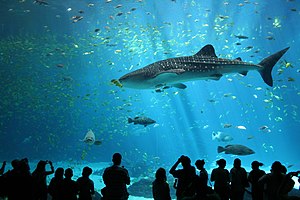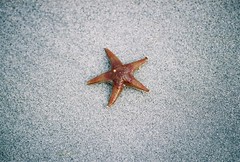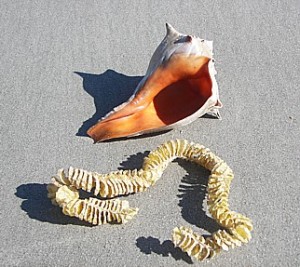Theoretically, a barrier island is there to protect the mainland from harsh weather.
Barrier islands are a permanently exposed “mountains” from the bottom of the ocean made up of sand and rock and pebble. A lot of barrier islands are developed – as you drive to a barrier island you inevitably cross a bridge that is over an estuary (bay).
Two of my favorite barrier islands are Stone Harbor/Avalon in N.J. and Hutchinson Island in FL.
Do you have another great question? Check out www.beachchairscientist.com and let us know what you always ponder while digging your toes in the sand!














What people are saying …